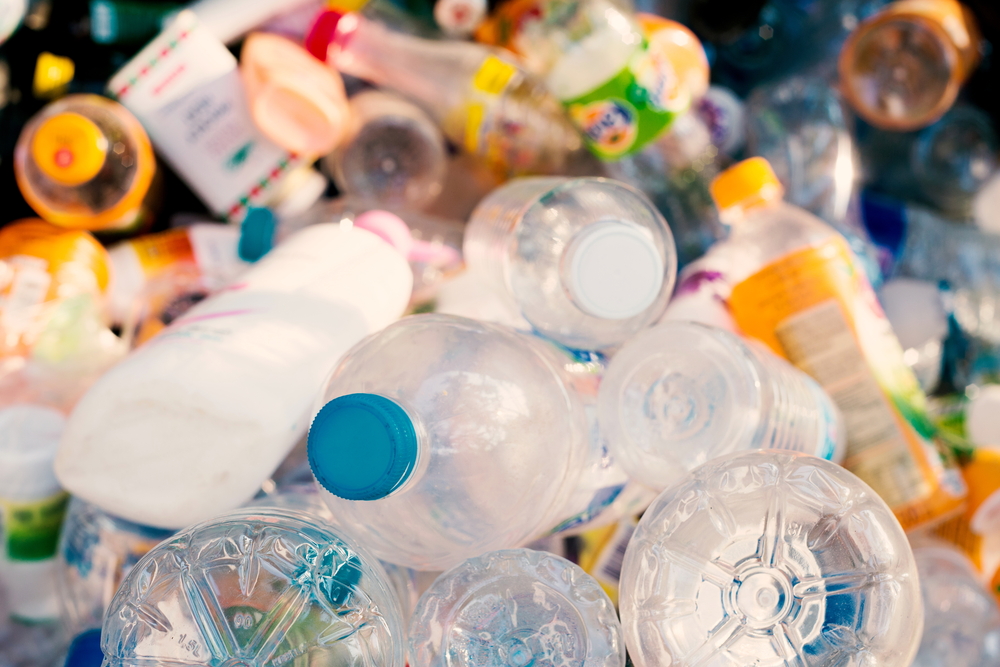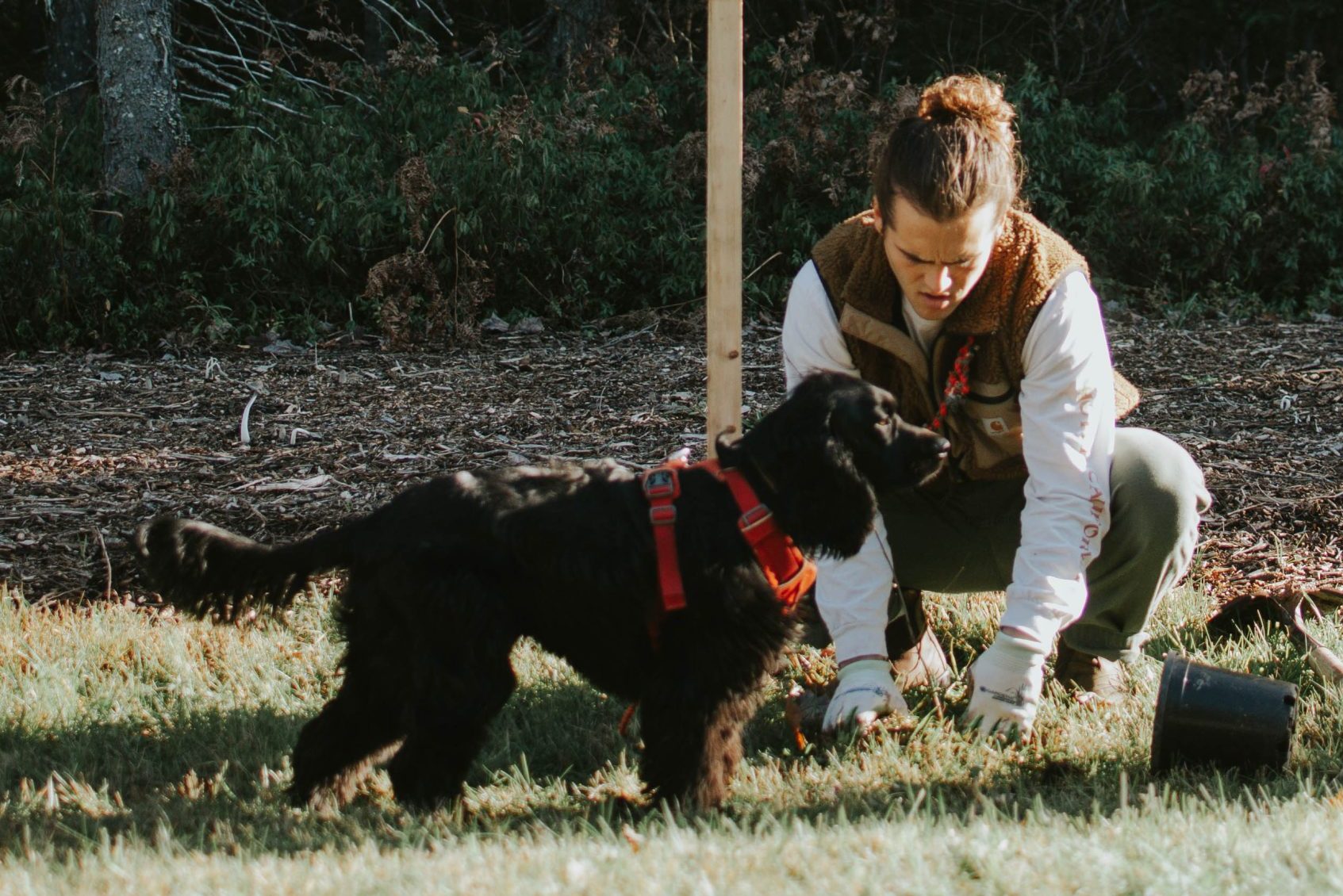
In our last blog we covered the basics of recycling, and this week we will be diving into a more niche topic of “hard-to-recycle” plastics. As we know from last time plastic recycling is the process of collecting and processing plastic waste into new products. It is an important way to reduce plastic pollution and conserve resources, as it allows plastic materials to be reused rather than being discarded and sent to landfills or the ocean.
The first step in the plastic recycling process is the collection and sorting of plastic waste. This can be done at a recycling facility or at the point of disposal (such as at a recycling bin in a public area). Plastic waste is sorted by type and cleaned to remove contaminants such as food residue or labels.
Once the plastic waste is sorted and cleaned, it is processed into small plastic flakes or pellets. These flakes or pellets can then be melted and molded into new products, such as plastic bottles, containers, or even clothing.
The process of plastic recycling can vary depending on the type of plastic being recycled and the end product being produced. Some plastic types are easier to recycle than others, and some products are more in demand than others. Today we will be discussing harder-to-recycle plastics. As you likely know, recyclable plastic comes with a number embossed on the bottom that tells you if and how it should be recycled. You probably also know that your local facility takes some numbers and not others. This is because different kinds of plastic have different properties like hardness, colour, or melting point, which means they need separate machinery to process it. This can be too costly for many facilities, so at least some percentage of recyclable plastic is always being landfilled. Similarly some plastics make for a less expensive output, meaning it is not profitable to create that recycled plastic, which also results in recyclables in the landfill.
Z22, CC BY-SA 3.0 <https://creativecommons.org/licenses/by-sa/3.0>, via Wikimedia Commons
There are also plastics most people would deem non-recyclable, like wrappers, face masks, or makeup applicators. These are often considered non-recyclable not because they cannot physically be recycled, but because the cost of processing is too high to make a profit.
However, there are people working to change that balance. For example, the company Terracycle is focused on recycling these hard to recycle products. They do this by partnering with large corporations to create recycling programs for their products. For example, Terracylce and Crest have partnered to accept all forms of dental care waste like toothpaste tubes, flossers, and toothbrushes of any brand. This is a great example of a corporation taking some responsibility for their impact, and working to make their product more sustainable. Terracycle also provides services for small scale business and community groups to pay to subsidize the cost of recycling their personal waste.
Fundy Biosphere worked with the Salisbury Elementary school to give that program a try. FBR purchased a box from Terracycle for candy wrappers, and left it with the students for the month of November to collect up their Halloween waste. Together we were able to divert hundreds of wrappers from the landfill, and teach the students about how their plastic use can affect the environment. We will soon be giving some boxes to elementary schools in the area to collect their valentines day garbage.
People at home can improve recycling by cleaning and correctly sorting their waste, and by reducing the amount of non-recyclable plastic they use.






